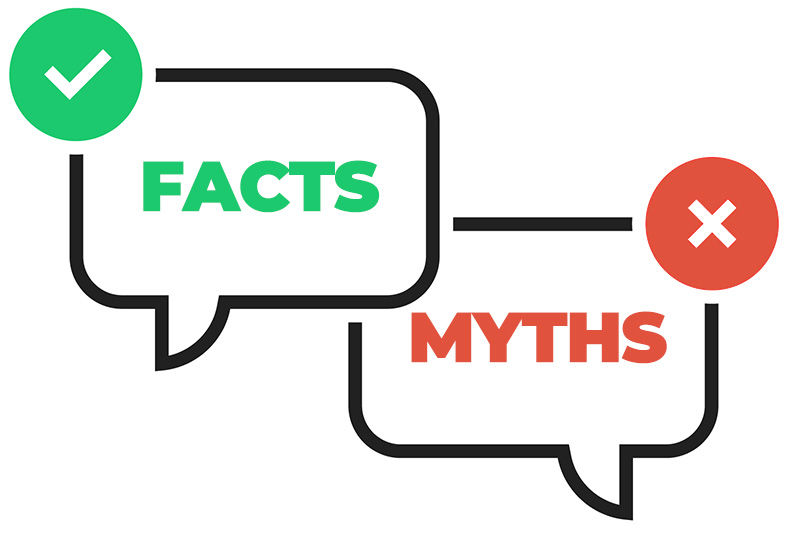Morphine Demystified
- Angelic Health Palliative and Hospice Care

- Jul 8
- 4 min read

Debunking the Myth of Morphine in Hospice Care
Myths about hospice care often are a deterrent to getting much needed end-of-life care. Perhaps the biggest misconception is that using morphine will lead to early death or addiction.
"A person will pass because of the condition and how advanced it is, not because of the morphine. At the end of life, the body starts shutting down and that is what causes death. Unfortunately, this will happen even if morphine is not used." explained Angelic Health Hospice Vice President of Clinical Services Sheila Lill MSN, APN, ACHPN.
In the medical specialty of end-of-life care, understanding morphine's role can change concern and worry into assurance for those supporting loved ones through terminal illnesses. Often misunderstood and surrounded by myths, morphine, also known as Roxanol, is a cornerstone of hospice care, offering vital pain relief, reducing anxiety, and easing shortness of breath. It allows patients to experience their final days with dignity and comfort.
Not all hospice patients receive intravenous (IV) morphine, which is only used if someone is experiencing extraordinary pain or unable to tolerate oral medications. Oral liquid morphine is the typical choice for pain relief because it can be absorbed quickly by taking it under the tongue. The starting dose for most patients with moderate pain or shortness of breath is about 5 mg. This is equal to a hydrocodone, which is the main ingredient in Vicodin. It is the same dosage your dentist may give after pulling a tooth.
Healthcare professionals emphasize that morphine, when used appropriately, is a safe and effective tool in hospice care. They stress the importance of individualized dosing and regular assessment, and work to educate patients and families about its benefits and proper administration.
“When I see patients, I always talk to them about pain management and morphine,” said Janet Gibson, APN, “Unfortunately it has a bad rap because people have heard stories from many years ago. When administered in hospice care it is not addicting because it's a small amount and it doesn't accumulate in your body. It’s like a sparkler on the 4th of July, it lights up and is very bright, very quickly then it goes out. This is the same thing with a dose of morphine. It works very fast to address symptoms, usually within 15 minutes,” she explained. “Then it’s pretty much out of the body within three hours. It doesn't accumulate and it won't kill you. You can take it more often and get the relief you need and live a better quality of life. “
Morphine can cause drowsiness when you first start it, but this side effect is usually temporary. “If managed properly it does not lead to prolonged sleepiness,” explained Lill “Sleepiness typically occurs at the end of life with or without morphine. It’s the body’s natural way of shutting down.”
Understanding The Use of Morphine in Hospice Care
Morphine is a cornerstone of pain management in hospice care and is used to provide relief and comfort to patients facing terminal illnesses. Effective pain management is crucial in hospice care, and morphine is often the go-to medication for severe pain. It works by binding to opioid receptors in the brain, altering pain perception.
Healthcare providers carefully assess each patient's pain levels and adjust morphine dosages accordingly. The goal is to find the right balance between pain relief and side effects.
Regular monitoring and open communication with patients and families ensure that pain management remains effective throughout the hospice journey.
Symptom Relief Strategies
While pain relief is a primary function of morphine, it also helps manage other distressing symptoms. Morphine can alleviate shortness-of-breath, reducing the feeling of not being able to get enough air, also called air hunger or dyspnea. For patients with respiratory issues, morphine helps feelings of breathlessness by opening the blood vessels to allow more blood to flow to the lungs. Hospice's goal is to utilize the right medication at the right dosage and frequency to improve a patient's quality of life, and morphine is a beneficial tool to accomplish that.
It can also help with anxiety and restlessness, promoting a sense of calm and comfort. In some cases, morphine may be used to manage severe coughing or diarrhea. Healthcare providers may combine morphine with other medications and non-pharmacological approaches for comprehensive symptom management.
Addressing Addiction Concerns
One of the most prevalent fears about morphine use is the potential for addiction. However, in the context of hospice care, this concern is largely unfounded.
When used appropriately for pain management in terminal illness, the risk of addiction is extremely low. Patients receive carefully controlled doses to manage symptoms, not to induce euphoria. The focus is on providing comfort and quality of life, not on long-term use that could lead to dependency. The hospice care team closely monitor patients to ensure appropriate use.
Managing Sedation Levels
Another common misconception is that morphine will render patients completely unconscious or unresponsive. However, proper dosing will relieve pain while maintaining awareness.
Healthcare professionals carefully and methodically determine the smallest amount of medication needed to provide results, giving increments of dosage, called titration, to find the right balance between pain relief and alertness. The goal is to keep patients comfortable while allowing them to interact with loved ones.
If over-sedation occurs, dosages can be adjusted. This is done easily with morphine due to the short time it spends in the body. Open communication between patients, families, and healthcare providers is key to managing sedation levels effectively.
Don’t let myths in in the way of good care for yourself or a loved one. Please call us with your questions and concerns about hospice, medications and treatments. Visit www.angelic.health to reach an office near you.








Comments